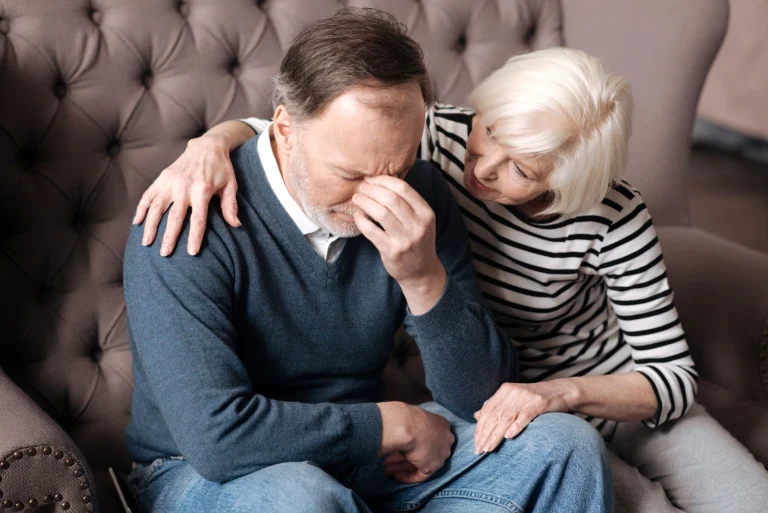
Intense Bloating After Eating: What’s Really Happening?
- Carewell
- June 26, 2025
- Noah Bennett
Do you frequently experience severe bloating after a meal, regardless of the size of the meal? If yes, then it is very likely that you are not the only one facing this challenge. A multitude of people report experiencing intense bloating after eating, whether they have eaten very little or even if they have consumed a full meal. The discomfort, tightness, and the feeling of being full in the abdomen can be physically and mentally disturbing.
Bloating is an abnormal inflammation, while persistent bloating after a meal can indicate an inability to eat. This detailed article will uncover the causes, symptoms, and the most effective solutions in alleviating bloating after eating, so it does not happen again.
Understanding Bloating: What’s Going on with Your Body?
Bloating is when an inflammation in your abdomen occurs due to the retention of gas in your intestinal tract or water in the tissues of the intestines. Other signs may also be present, such as gas, constipation, mild pain, and even vomiting.
Symptoms of bloating may include:
- Belly distension
- Abdominal pressure or discomfort
- Increased flatulence or repeated belching
- Feeling satisfied well before consuming a full meal
- Slight to moderate cramps
- Discomfort in the belly area that becomes more noticeable as the day progresses
- Altered digestive patterns, like either unreasonable inability to pass stools (constipation) or excessive stools
Many factors contribute to bloating, and it is important to identify the main causes of bloating to find effective relief.
Reasons for Bloating Following Meal Intake
Eating Excessively and Maximizing the Amount of Food Within One Meal
Eating in excess during a single meal can potentially disrupt the digestive process. Moreover, if you eat quickly, you are at risk of extracting and swallowing excessive amounts of air (aerophagia), which results in bloating. You can control this by:
- Avoid watching TV while eating
- Eating at a moderate pace and taking smaller mouthfuls
- Chewing food sufficiently before swallowing
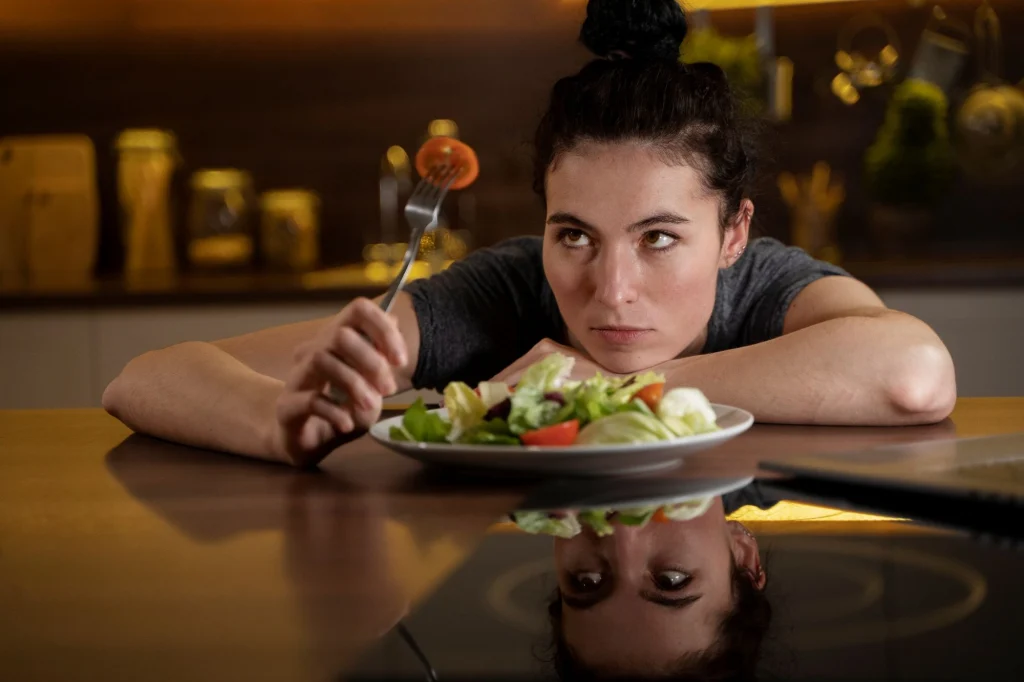
Undiagnosed Food Allergies and Reactions
Some people have a body’s capability of breaking down certain food items, which becomes one of the main reasons behind bloating. Some common food intolerances are:
- Lactose Intolerance: Difficulty in digesting dairy products due to the absence of the digestive enzyme, lactase.
- Gluten Insensitivity: Present in wheat, barley, and rye
- FODMAP Incapacity: Carbohydrates in food such as onions, garlic, beans, and fruits.
- Artificial sweeteners like xylitol and sorbitol, which are sugar alcohols
If you are suffering from any sort of declared food intolerance, the simplest way to relief would be to remove the triggering substances for a short period of time and see if there are any changes in the bloating symptom.
Foods That Lead To Gas
Some foods tend to create more gas than others, and these are:
- Broccoli
- Beans and lentils
- Carbonated beverages and beer
- Dairy, containing foods, especially if there is a lactose sensitivity
Foods higher in fats tend to be slower when it comes to the digestive process. There are some other foods too, which tend to block the digestive system, making it sluggish.
Microbiome Imbalance in the Gut and SIBO
An imbalance of gut bacteria known as Small Intestinal Bacterial Overgrowth (SIBO) can result in excessive fermentation that results in bloating and discomfort. Symptoms of SIBO include bloating soon after eating, frequent diarrhea, and constipation.
Digestive Disorders (IBS, GERD, Gastroparesis)
- Irritable Bowel Syndrome (IBS): Impacts the digestive system and is often associated with bloating.
- Gastroesophageal Reflux Disease (GERD): Acid reflux contributes to bloating.
- Gastroparesis: Slow emptying of the stomach causes fullness and bloating.
Change of Hormone Levels
Women most commonly face bloating as a symptom while menstruating, pregnant, or undergoing menopause due to changes in hormone levels.
Stress and Anxiety
High levels of stress and anxiety disrupt the gut microbiome, thereby hampering digestion, leading to increased gases, bloating ,and discomfort.
Section 3: Top Bloating Treatment Tips
Balanced Meals Consumed in Small Portions over the Day
Overeating can lead to bloating. Therefore, try eating smaller meals throughout the day instead of consuming one or two large meals. Focus on consuming proteins, healthy fats, and fiber-rich carbohydrates to aid in digestion.
Identifying Trigger Foods
Make a journal to help keep track of meals that caused bloating so as to avoid such foods in the future. Start with an elimination diet and slowly reintroduce foods to find the triggers.

Improve Your Eating Habits
- Eat slowly and chew food thoroughly.
- Avoid drinking through straws to reduce air swallowing.
- Avoid talking while eating, as this can introduce excess air.
Use Natural Remedies
- Peppermint Tea: Relaxes digestive muscles and may reduce bloating after eating.
- Ginger Tea: Helps reduce gas and bloating as it assists in digestion and reduces inflammation .
- Apple Cider Vinegar: Aids in digestion (diluted with water before meals).
- Fennel Seeds: Help relax muscles in the digestive tract. Fennel seeds do so due to their high fiber content, anti-inflammatory properties, and stimulation of digestive enzymes.
Optimize Gut Health
Several foods assist gut microbiome in the body. These include probiotics, foods that contain these bacteria, and prebiotics, food for beneficial bacteria. Add both probiotics and prebiotics in your diet to promote a healthy gut. Some common foods with these features are garlic, onions, beans, cheese, yogurt, etc.
Stay Hydrated
Drinking enough water helps prevent bloating by aiding digestion and preventing constipation. Avoid excessive caffeine and alcohol, which can dehydrate you.
Manage Stress and Exercise Regularly
- Engage in deep breathing, yoga, or meditation to relax your digestive system.
- Try light movement after meals (like walking) to reduce bloating.
Additional Remedies for Persistent Bloating
The above tips are helpful for many people. However, people with severe cases may not get relief due to their health condition. Some additional remedies may help them know how to stop bloating after eating.
Try Digestive Enzymes
Digestive enzyme supplements can help break down food more efficiently, providing relief from stomach gas and bloating.
Limit Carbonated Drinks and Artificial Sweeteners
These can increase gas production and worsen bloating. You can replace them with fresh water or herbal teas instead.
Consider a Low-FODMAP Diet
A diet low in fermentable carbohydrates (FODMAPs) reduces bloating in people with IBS and food sensitivities.
Wear Loose-Fitting Clothing
Tight clothing around the waist can put pressure on the stomach, worsening bloating and discomfort. Wearing loose clothes can provide stomach gas and bloating relief.
Try an Abdominal Massage
Gently massaging the abdomen in a circular motion can stimulate digestion and relieve bloating.
When to See a Doctor
You can control and treat bloating on most occasions by following the methods mentioned in this guide. However, persistent and painful bloating may have underlying causes that may not respond to common remedies. Therefore, if bloating is persistent and accompanied by severe pain, unexpected weight loss, blood in the stool, or prolonged constipation, consult a doctor to rule out serious digestive conditions.
In the End
Numerous people suffer from bloating after eating. This condition has different causes according to gut health, age, and other factors of patients. Therefore, understanding the cause of bloating is the first step in finding relief. By making dietary changes, improving gut health, and managing stress, you can significantly reduce bloating and improve digestion. However, if all remedies fail and bloating becomes a permanent nuisance, the only option left is to consult a specialist.
Medicare Well: Your Go-To Place
Intense bloating after meals is a common digestive disorder in many individuals. Medicarewell.com helps you not only understand bloating but aslo its common remedies including both at-home and at-clinic treatments.
FAQs
Bloating after eating can be caused by overeating, eating too quickly, food intolerances, or digestive issues like IBS. It may also result from high-fiber foods or certain carbohydrates that are hard to digest.
If bloating is accompanied by severe pain, persistent symptoms, unexplained weight loss, vomiting, or changes in bowel habits, it could indicate a more serious health issue, and you should consult a doctor.
Bloating after eating can be normal but may also indicate a health issue, such as food intolerances, digestive disorders, or gastrointestinal problems. It’s important to track your symptoms and consult a healthcare provider if they’re frequent or severe.
Hello! This is Customer Support
Feel free to contact us and we will provide you with information and guidance
Interesting Posts


Celtic Salt | Health Benefits and Uses
August 21, 2024

Judge Blocks Trump’s Funding Freeze, Disrupting Medicaid System
January 30, 2025

Accurate Testing with Glucose Control Solution
July 6, 2024

Holiday Travel Got You Tired? How to Stay Healthy on the Go
December 18, 2024

7 Best Exercises for Seniors (and a Few to Avoid!)
October 3, 2023
Wherever the art of Medicine is loved, there is also a love of Humanity
- Hippocrates Tweet
Related Posts
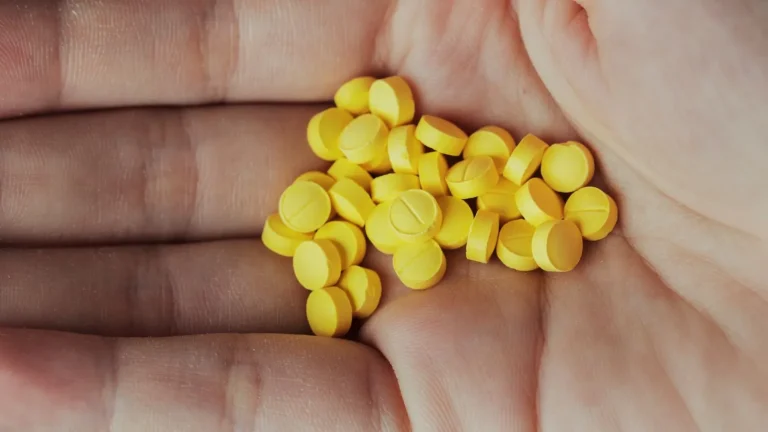
Side Effects from Benzonatate You Need to Take Care of
August 4, 2025
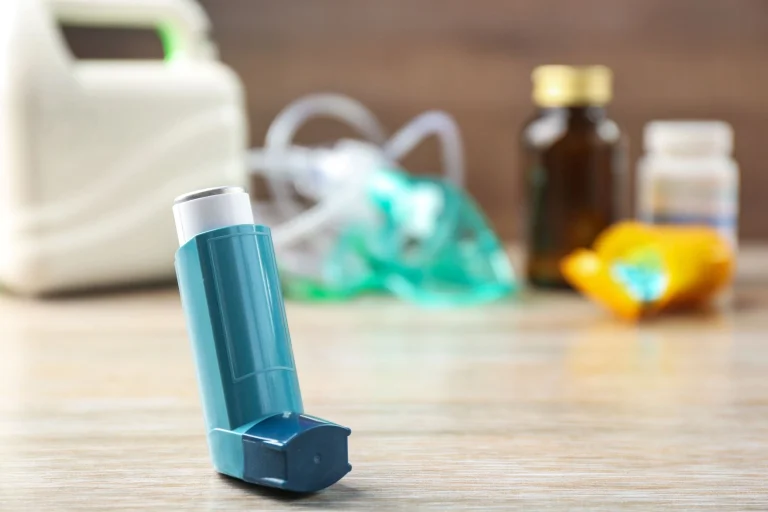
Albuterol VS. Symbicort: Key Benefits and Risk Factors
June 26, 2025
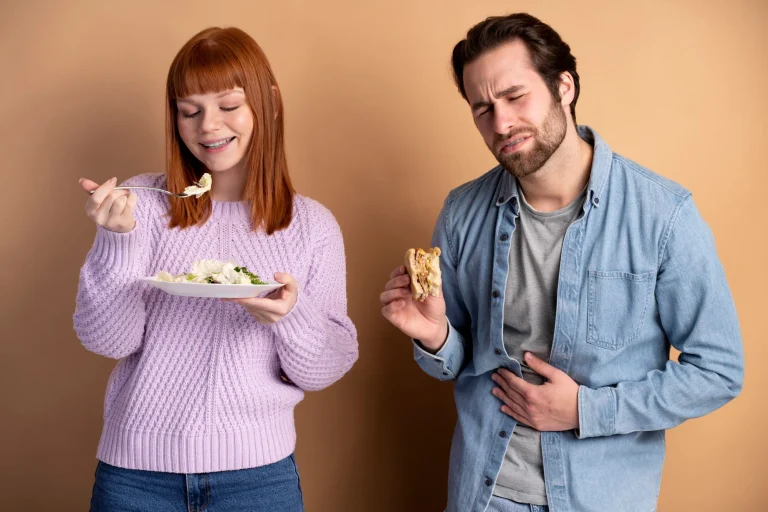
Intense Bloating After Eating: What’s Really Happening?
June 26, 2025
